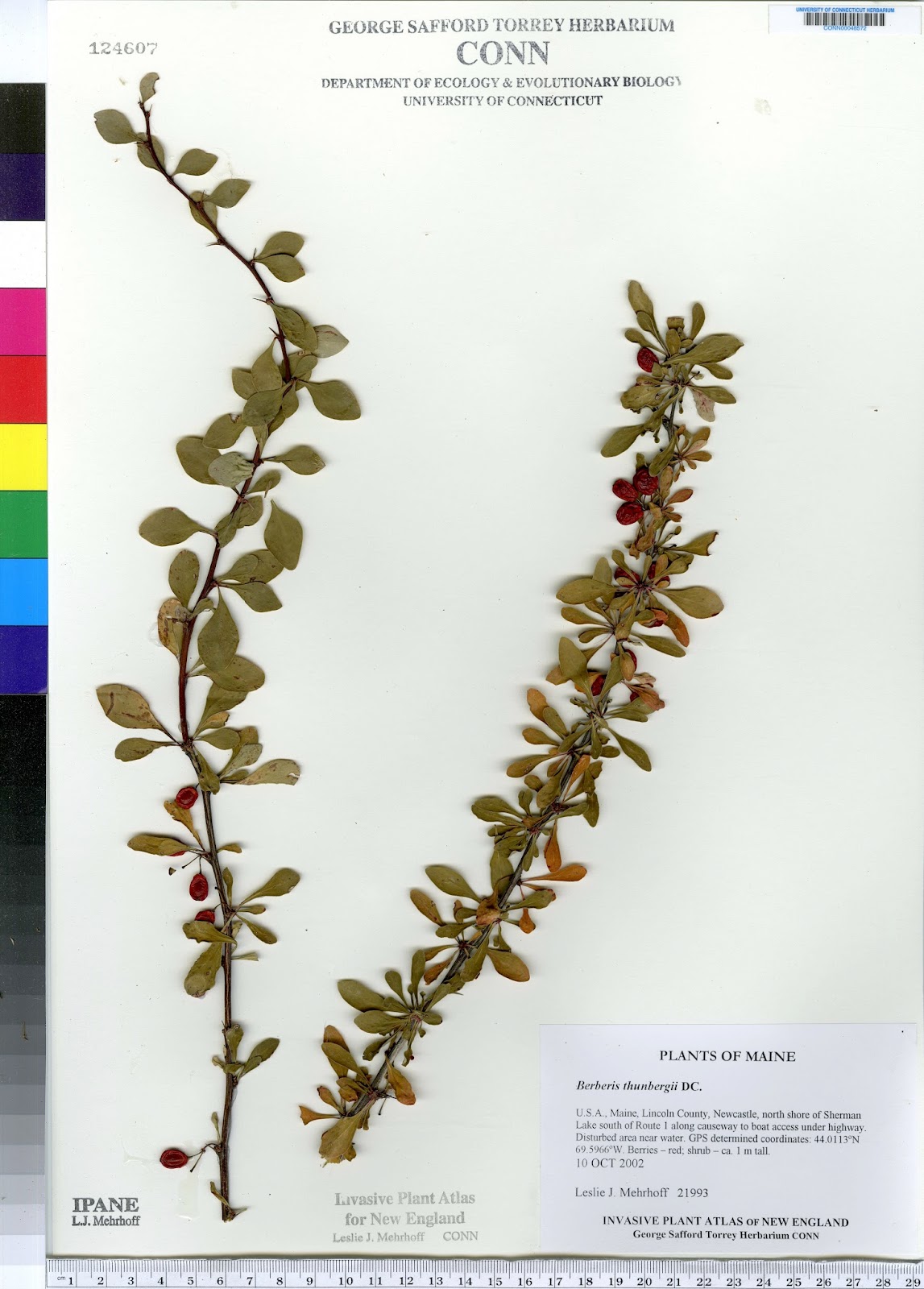Posted by Richard Primack
"One hastens to southern Africa to chase the giraffe; but surely that is not the game he would be after. "
-Henry David Thoreau, Walden
Thoreau argued that we should explore our inner worlds of self-knowledge rather than rushing after superficial travel experiences. Perhaps ignoring his advice, I am visiting Cape Town, South Africa, for 10 days. I am learning about the world’s greatest concentration of plant species, meeting conservation biology colleagues, and trying to develop a conservation biology textbook for Africa.
On my second day in Cape Town, I visited a section of fynbos, a lowland shrub ecosystem with an amazing diversity of plants species, many of which have very restricted ranges. The fynbos has over 9000 species, most of which are found nowhere else in the world, in an area the size of the Netherlands. Table Mountain is a recognizable feature, towering above the city of Cape Town.
The fynbos is especially noteworthy for an abundance of species in the Proteaceae with beautiful flowers. This particular individual was planted in a restored area from which non-native invasive species have been removed.
The characteristic flowering Protea head with hundreds of individual flowers.
Above, two colleagues hold a map showing places where stands of non-native invasive Acacia shrubs are being removed from fynbos vegetation. Areas cleared of Acacia shrubs can be seen in the background.
Invasive Acacia shrubs can form a pure stand and outcompete native fynbos species.
Methods to control invasive Acacia shrubs include (1) spreading a fungal disease that forms growths on the stems and weakens the plant, (2) releasing a beetle that eats its seeds, and (3) chopping down and burning plants.










